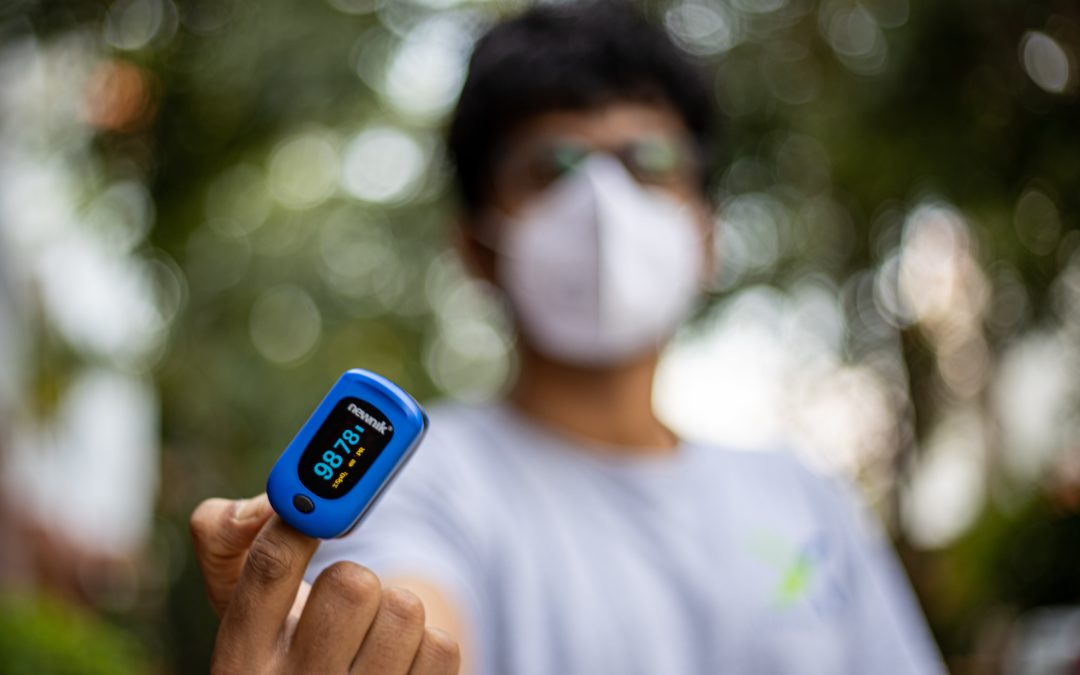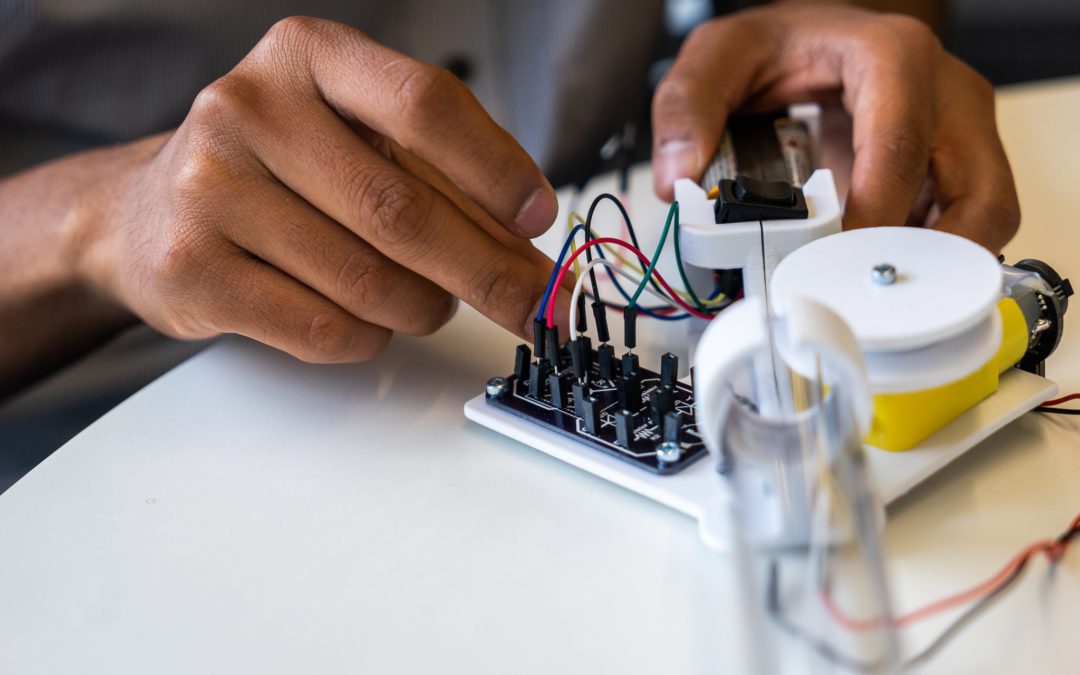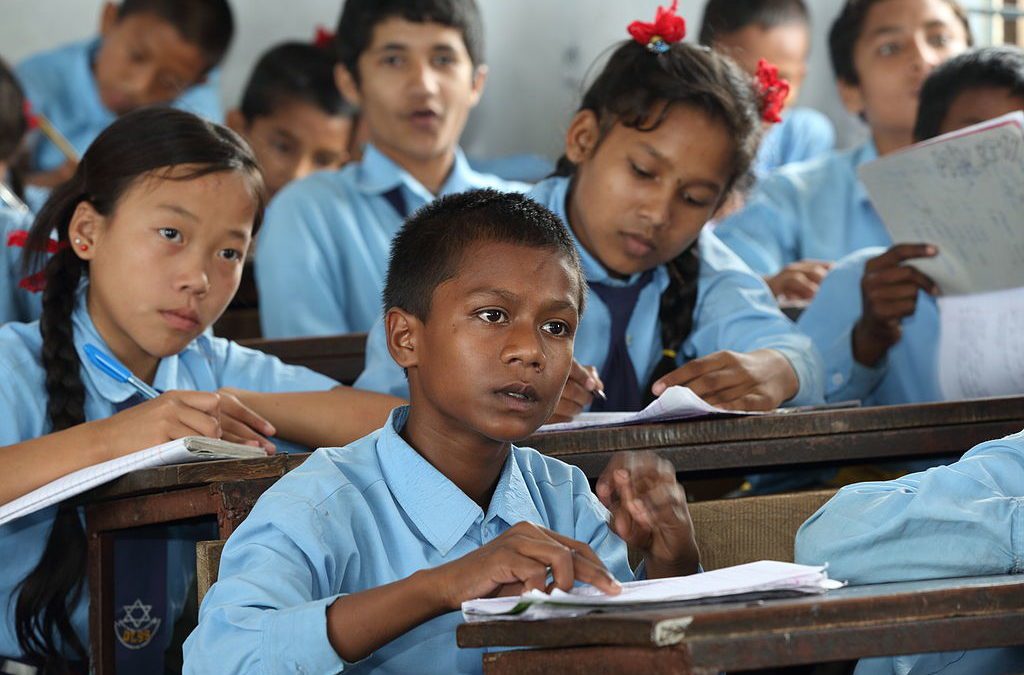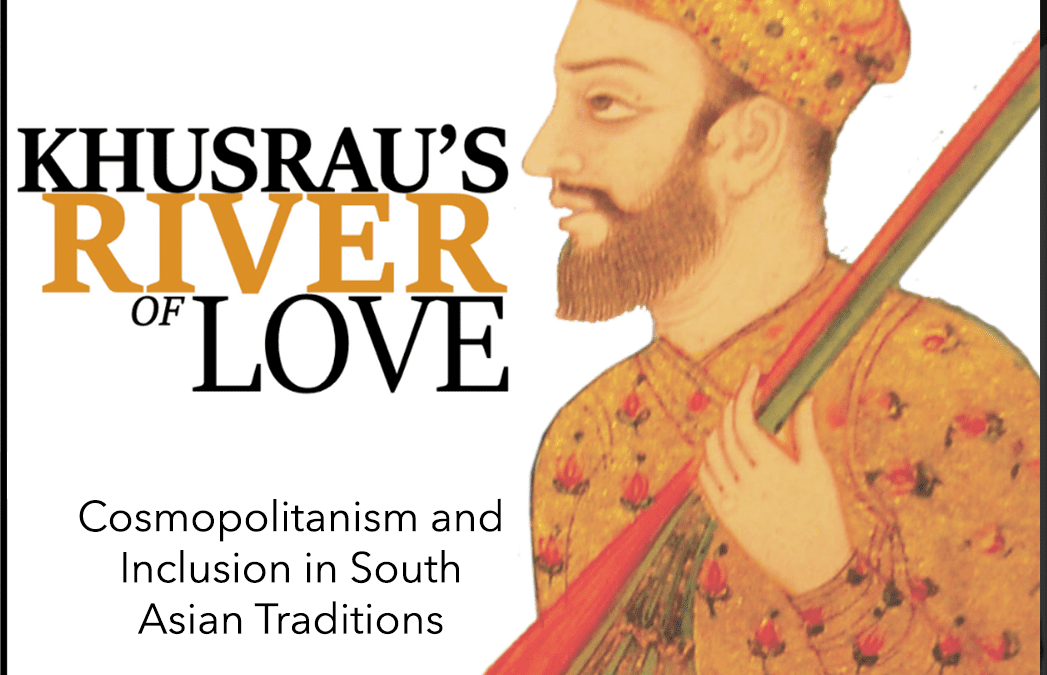Anupam Sah: Finding a Balance in the Art and Science of Heritage Conservation
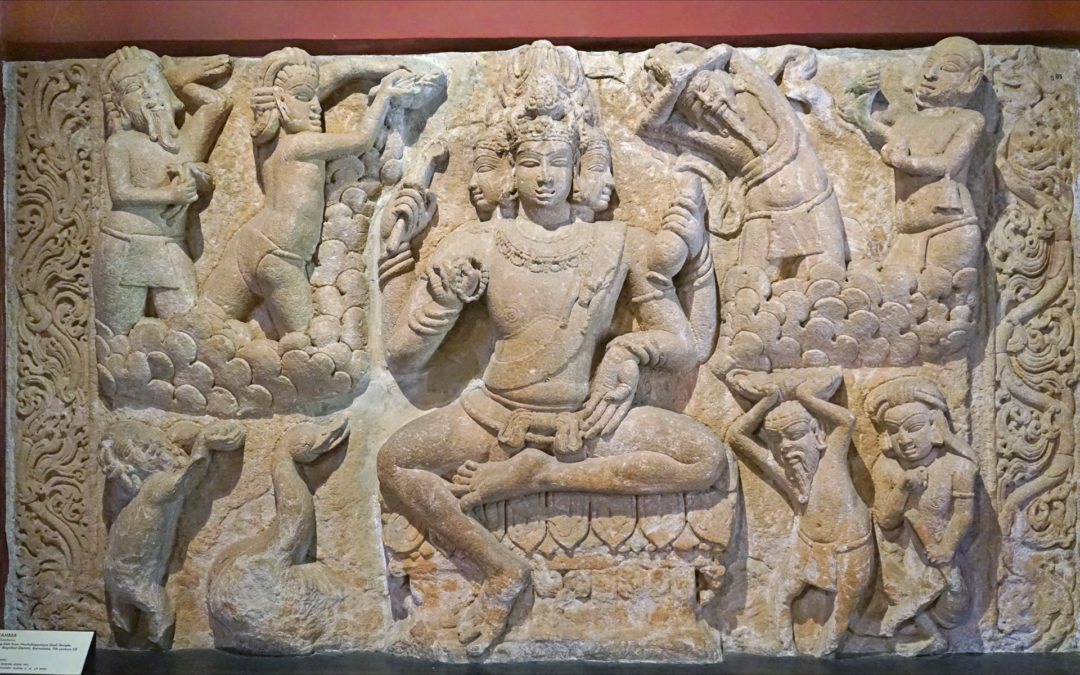
Until recently, expertise from outside of South Asia has been crucial to informing practices around cultural conservation, but efforts need to be made to understand and adapt to the regional context and nuances. The current state of research and practice of conservation in India is in a nascent stage and is faced by the overwhelming task of the safekeeping and conservation of India’s vast material and intangible cultural heritage. We spoke with Anupam Sah, the Head of Conservation at the CSMVS Museum, to learn more about the status of art and heritage conservation in India. Anupam Sah will be moderating an upcoming two-part seminar series on December 10, “Art and Science of Heritage Conservation: Finding the Right Balance.”

